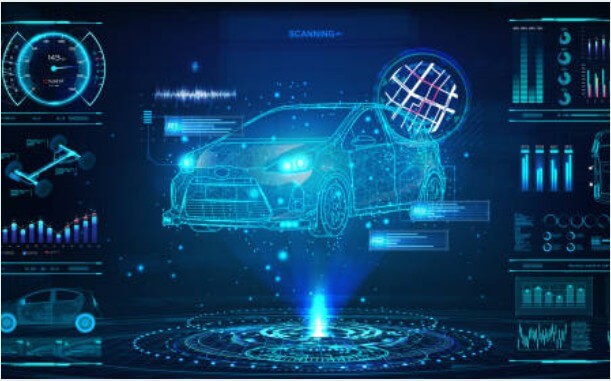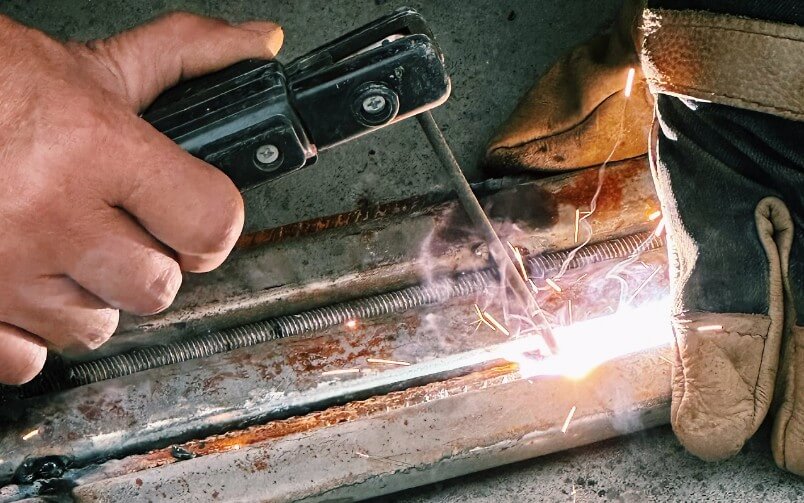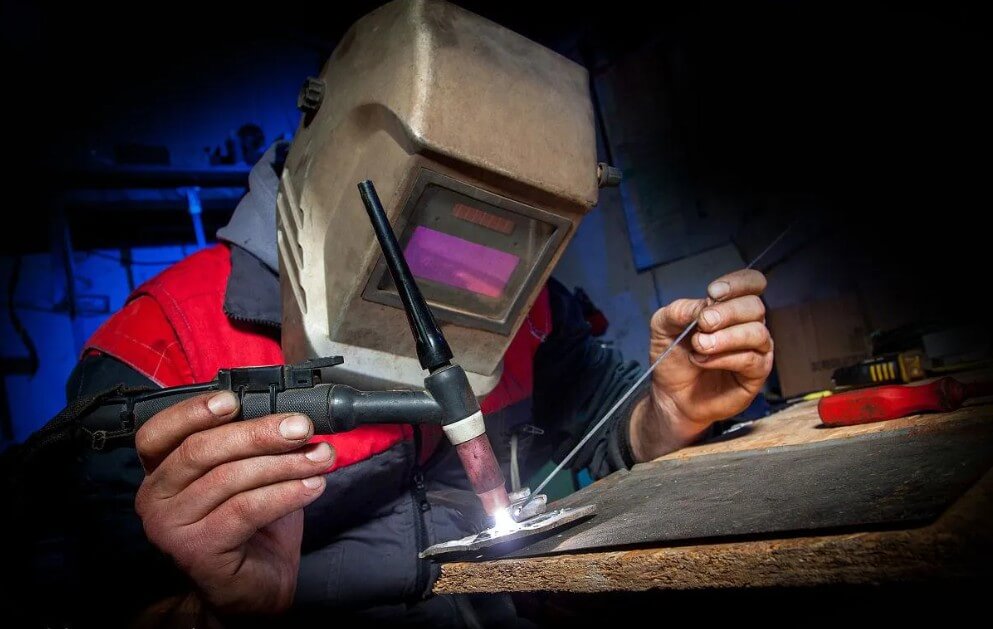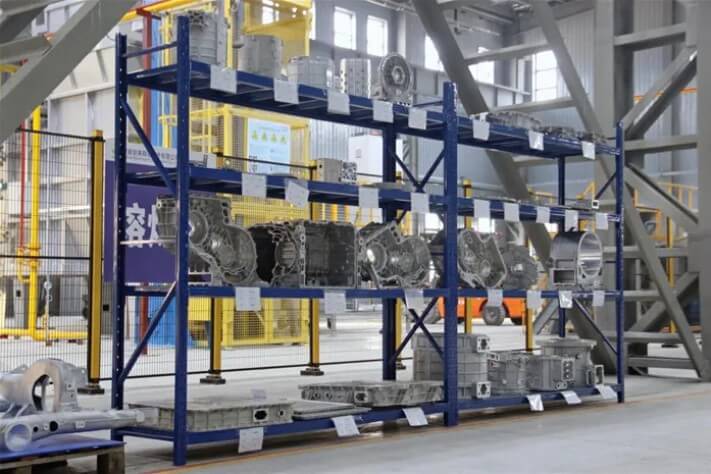Automotive castings: How many parts of a car are cast?
Cars are the crystallization of modern industry, consisting of tens of thousands of parts, and the manufacturing processes of these parts are varied, including stamping, welding, casting, etc. Among them, casting is an important metal forming process and is widely used in automobile manufacturing.
Many people want to know how many parts of a car are cast? Then the answer is that in a car, about 20% to 30% of the parts are produced by casting process. These automotive castings cover many aspects such as engine, transmission system, chassis and body. Automotive castings produced by casting process have the advantages of complex structure, high strength and high temperature resistance, which can meet the needs of automobiles for various parts.
1.Types of automotive castings produced by casting process
Casting is the process of pouring molten metal into a mold and forming parts of the desired shape after it cools and solidifies. This process can produce parts with complex shapes and precise dimensions, which is very suitable for various needs in automobile manufacturing. In a car, many key parts are produced by casting process.
The following are some types of automotive castings:
(1) Engine parts
1) Cylinder block:
The engine cylinder block is one of the core components of the automobile. Its complex structure and high-temperature working environment require the material to have high strength and high heat resistance. The casting process can produce a cylinder block with complex structure and high strength to meet the working requirements of the engine.
2) Cylinder head:
The cylinder head also needs to withstand high temperature and high pressure. The casting process can produce a cylinder head with precise cooling water channels and combustion chamber structure to ensure the normal operation of the engine.
(2) Transmission system parts
1) Gearbox housing:
The gearbox housing needs to withstand large torque and impact loads. The casting process can produce a housing with high strength, good rigidity and complex shape to ensure the normal operation of the gearbox.
2) Differential housing:
The differential housing is a key component in the transmission system. Its internal structure is complex. The casting process can produce a differential housing with precise internal structure to ensure the normal driving of the vehicle.
(3) Chassis parts
1) Steering knuckle:
The steering knuckle is a key component connecting the wheel and the suspension system and needs to withstand large impact loads and dynamic loads. The casting process can produce high-strength, impact-resistant steering knuckles to ensure the vehicle’s handling and safety.
2) Control arm:
The control arm is an important component in the suspension system. It has a complex shape and needs to withstand large dynamic loads. The casting process can produce control arms with complex shapes and high strength to ensure the normal operation of the suspension system.
(4) Body parts
1) Wheels:
Wheels are one of the important components of a car and need to withstand large impact loads and dynamic loads. The casting process can produce high-strength, impact-resistant wheels to ensure the vehicle’s driving safety.
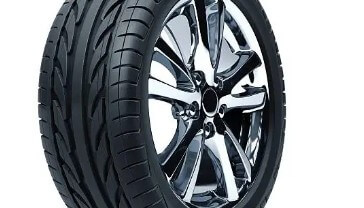
2) Brake discs:
Brake discs are key components of the braking system and need to withstand high temperatures and large friction loads. The casting process can produce brake discs with good heat dissipation and friction properties to ensure the vehicle’s braking performance.
(5) Other parts
In addition to the above parts, there are many other parts in the car that are produced by casting, such as engine brackets, suspension brackets, steering pump housings, etc. These parts play an important role in the normal operation of the car.
2.Advantages and Disadvantages of Automotive Castings
(1) Advantages:
1) Adaptability to Complex Shapes:
The casting process is able to produce automotive castings with complex internal structures and thin-wall features, which may be difficult to achieve in other manufacturing processes. For example, parts such as automobile engine blocks and gearbox housings can be formed in one go through casting, reducing subsequent processing steps.
2) Wide Selection of Materials:
The casting process is applicable to a variety of metal materials, including cast iron, aluminum alloy, copper alloy, etc. Different materials can be selected according to the use requirements of the parts, such as cast iron for parts that require high strength and wear resistance, while aluminum alloy is used for parts that require light weight and good heat dissipation performance.
3) Cost-effectiveness:
For mass production, the casting process is highly cost-effective. Once the mold is made, it can be reused, and the production efficiency is high. In addition, the casting process can reduce the waste of raw materials because the waste generated during the casting process can be recycled and reused.
4) Strength and reliability:
The casting process can produce automotive castings with high strength and reliability, especially through advanced processes such as low-pressure casting and forging, which can further improve the mechanical properties and fatigue resistance of castings. This makes automotive castings perform well when subjected to high loads and harsh working conditions.
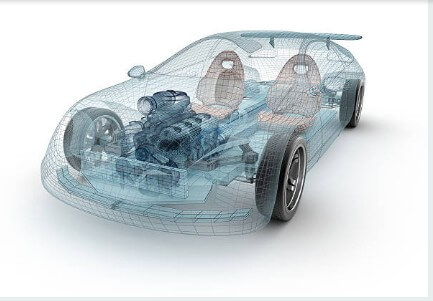
(2) Disadvantages:
1) Unstable quality:
There are many variables in the casting process, such as mold temperature, metal liquid fluidity, cooling rate, etc., all of which may affect the quality of automotive castings. Castings are prone to defects such as pores, shrinkage holes, cracks, etc., resulting in unstable product quality.
2) High labor intensity:
For small batch or single piece production, the labor intensity of the casting process is high. Traditional processes such as sand casting require a lot of manual operations and are less efficient.
3) Long production cycle:
The casting process requires multiple processes such as mold making, molten metal, pouring, cooling, demolding, etc., and the production cycle is long. For urgently needed automotive castings, it may not be able to meet the needs of fast delivery.
Summary: Automotive castings play an important role in the modern automotive manufacturing industry. Their advantages far outweigh their disadvantages, especially when mass-produced, they are highly cost-effective.In the future, automotive casting technology will be more perfect, bringing more innovation and development opportunities to the automotive manufacturing industry.
3.Development direction of automotive castings
(1) Integration of automotive castings
1) Integrated castings
With the increasing requirements for energy conservation and environmental protection of automobiles and reducing production costs, the advantages of casting can be fully utilized. Several parts that were originally stamped, welded, forged and cast can be integrated through reasonable design and structural optimization to achieve casting of integrated parts. This can effectively reduce the weight of parts and reduce unnecessary processing processes, thereby achieving lightweight and high performance of parts.
2) Integrated non-ferrous alloy castings
The development trend of automotive casting integration is more obvious in the development of non-ferrous alloy castings. In order to make full use of the casting process to realize the production of complex structural castings, integrated high-pressure castings such as door inner panels, seat frames, instrument panel frames, front frames and firewalls have emerged. Their sizes are significantly larger than the current castings and require 4,000-5,000 t or even larger die-casting machines for production.
(2) Lightweight and high-performance automotive castings
1) Reasons and solutions for lightweight design
Due to the need for the overall safety factor of castings, equal thickness design is one of the main design methods for automotive castings. However, the main disadvantage of equal thickness design is that it cannot fully exert the structural performance and leads to an increase in the weight of the casting. Therefore, it is necessary to optimize the design of parts so that the stress values of various parts of the parts are close, thereby reducing the weight of the parts.
Considering that casting can realize the forming of complex structural castings, various irregular special-shaped sections can be realized. During design, the shape of the parts and the specific local material thickness are determined according to the distribution of force. The weight of the parts can be greatly reduced by reinforcing, digging holes and thickening the castings.
2) Light alloy automotive castings
Using light alloy materials such as aluminum and magnesium is currently the main weight reduction measure for automobile manufacturers in various countries. The density of aluminum is only 1/3 of that of steel, and it has excellent corrosion resistance and ductility. The density of magnesium is even smaller, only 2/3 of that of aluminum, and it has excellent fluidity under high-pressure casting conditions. The specific strength (ratio of strength to mass) of aluminum and magnesium is quite high, which plays a vital role in reducing dead weight and improving fuel efficiency.
3) High performance of materials
The high performance of automotive component materials improves the performance of materials, allowing parts per unit weight to withstand higher loads, which is one of the effective ways to reduce the weight of castings. Through measures such as heat treatment, the microstructure of the material is changed, thereby improving the strength, stiffness or toughness of the parts, which can effectively reduce the weight of the parts.
Generally speaking, the material replacement of automotive castings is often accompanied by the lightweight design of parts. In terms of aluminum alloy and magnesium alloy castings, high-strength and high-toughness materials are used for replacement. On the basis of the original light alloy weight reduction, high-performance materials are used for further weight reduction.
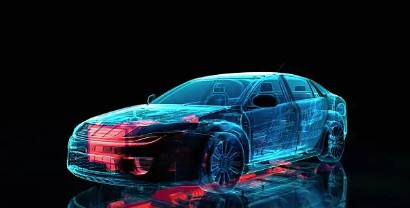
(3) Digitalization of automotive castings
1) Combination with digital technology
The comprehensive combination of automotive parts development and digital technology can significantly improve the level of casting technology and shorten the design and trial production cycle of products. At present, digital manufacturing technology has been widely used in the development of automotive castings. In the casting structure design and casting process design stages, three-dimensional design software such as Pro/E, CATIA, and UG have been widely used, and some advanced casting companies have achieved paperless design.
2) Combination with rapid prototyping technology
In order to meet the needs of rapid development of automotive parts, based on the design and development of CAD/CAE, RP (rapid prototyping technology) has been widely used for rapid trial production of automotive castings. After obtaining the original CAD/CAE data, the layer-by-layer stacking method is used to quickly obtain the casting prototype or the prototype of the mold required for the casting by bonding, sintering or sintering.
4.Summary
The huge automobile market has driven the prosperity of automotive castings, and the mechanization, automation and intelligence of the production of automotive parts have further driven the development of the automotive manufacturing industry.

